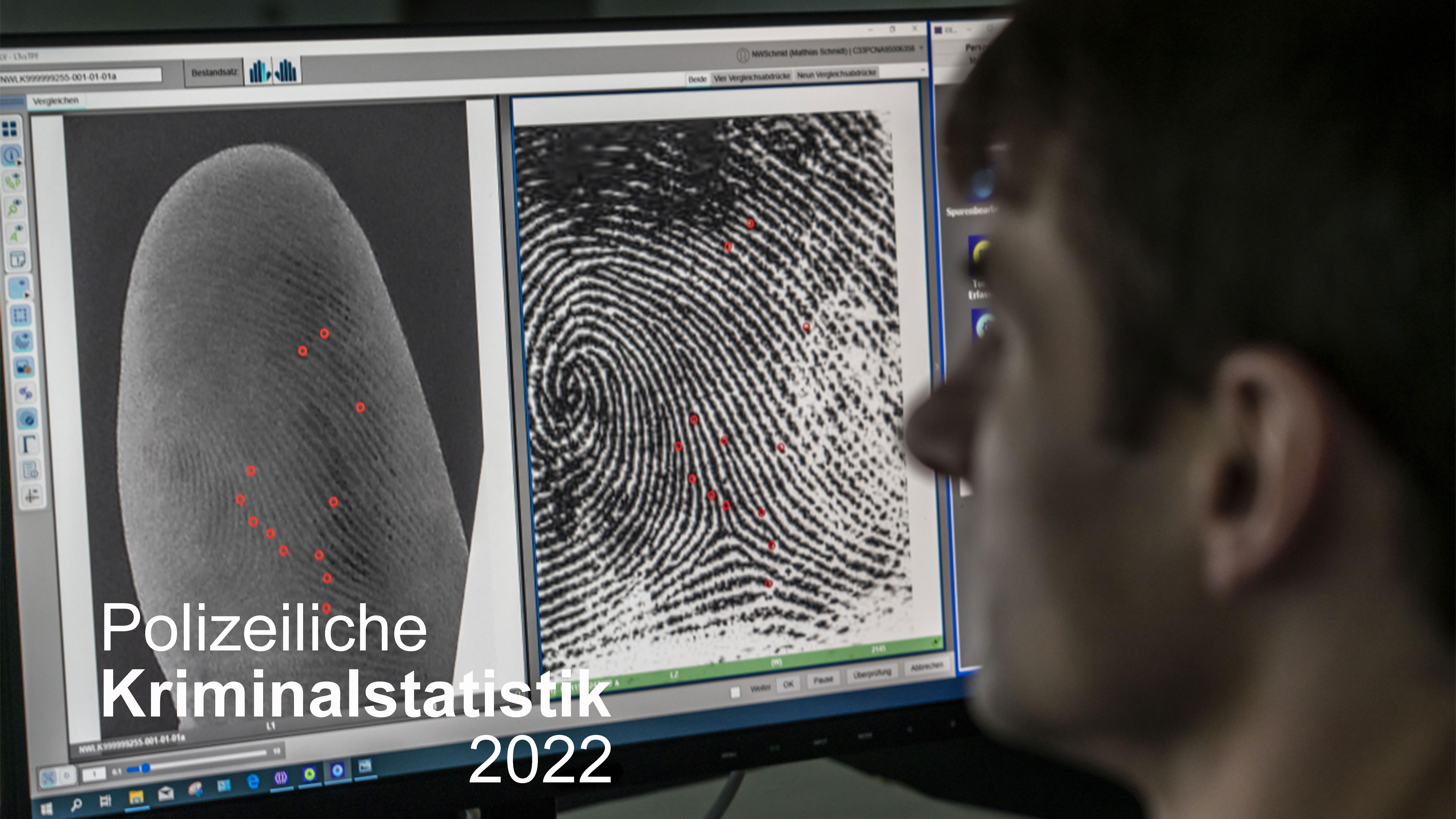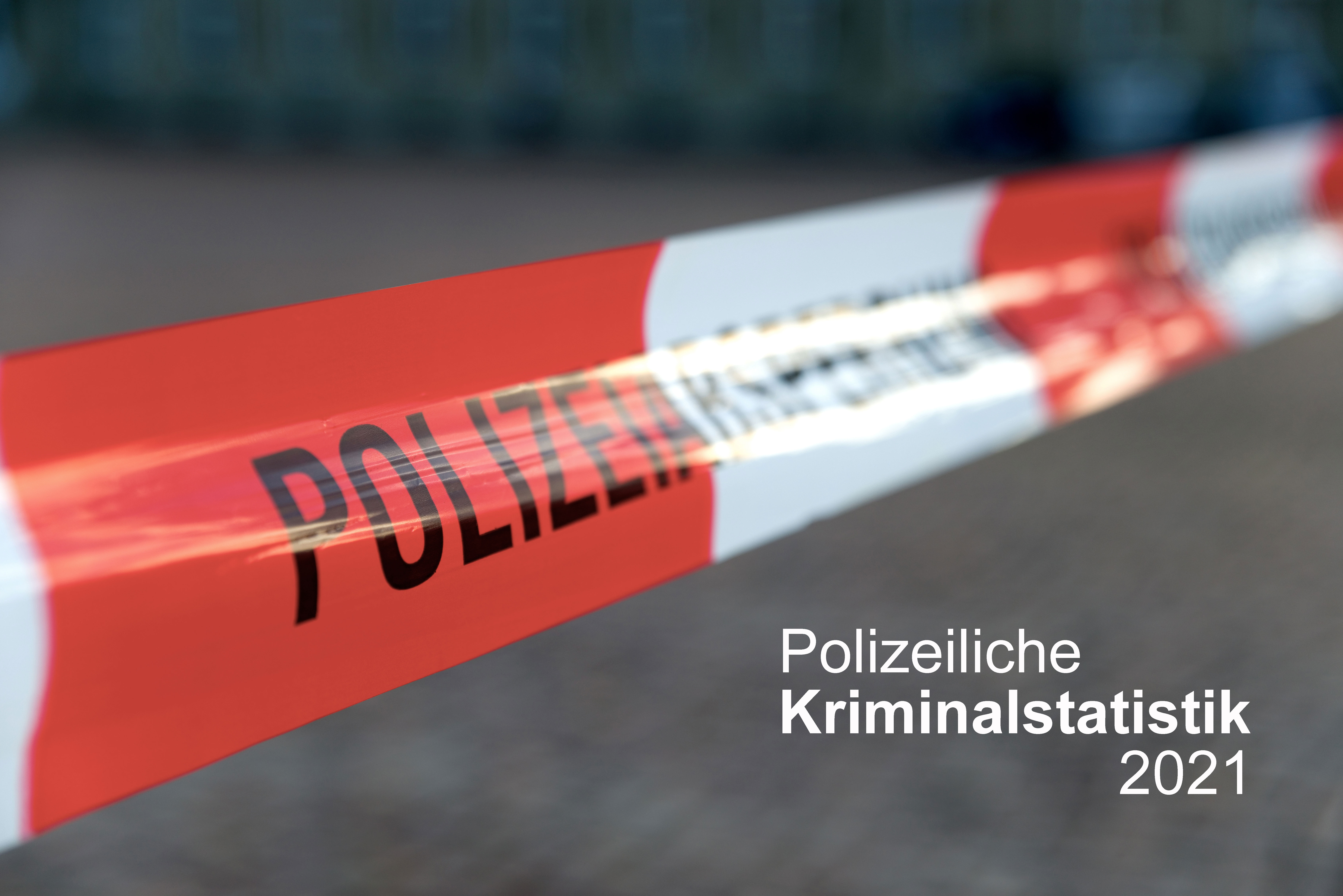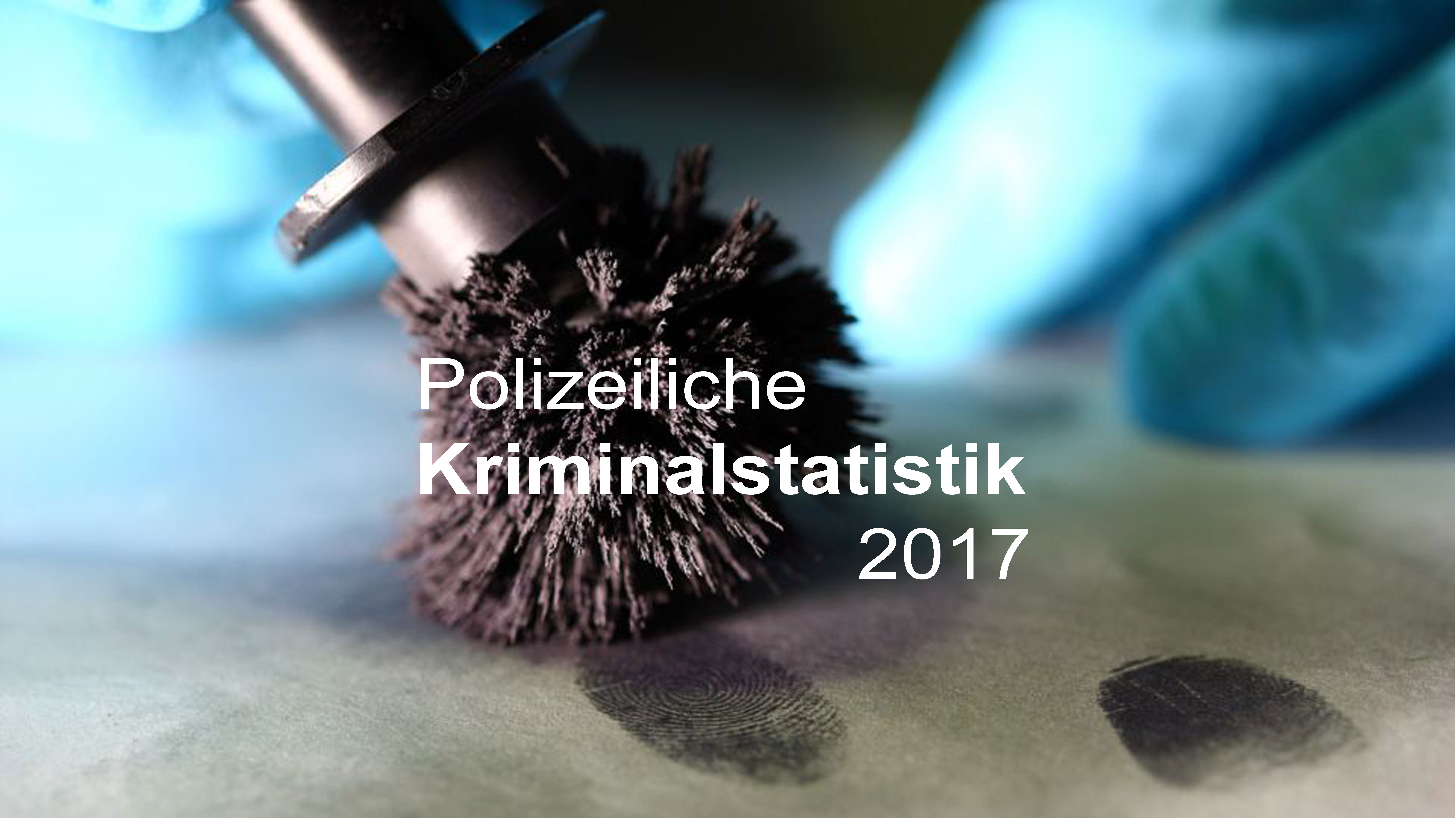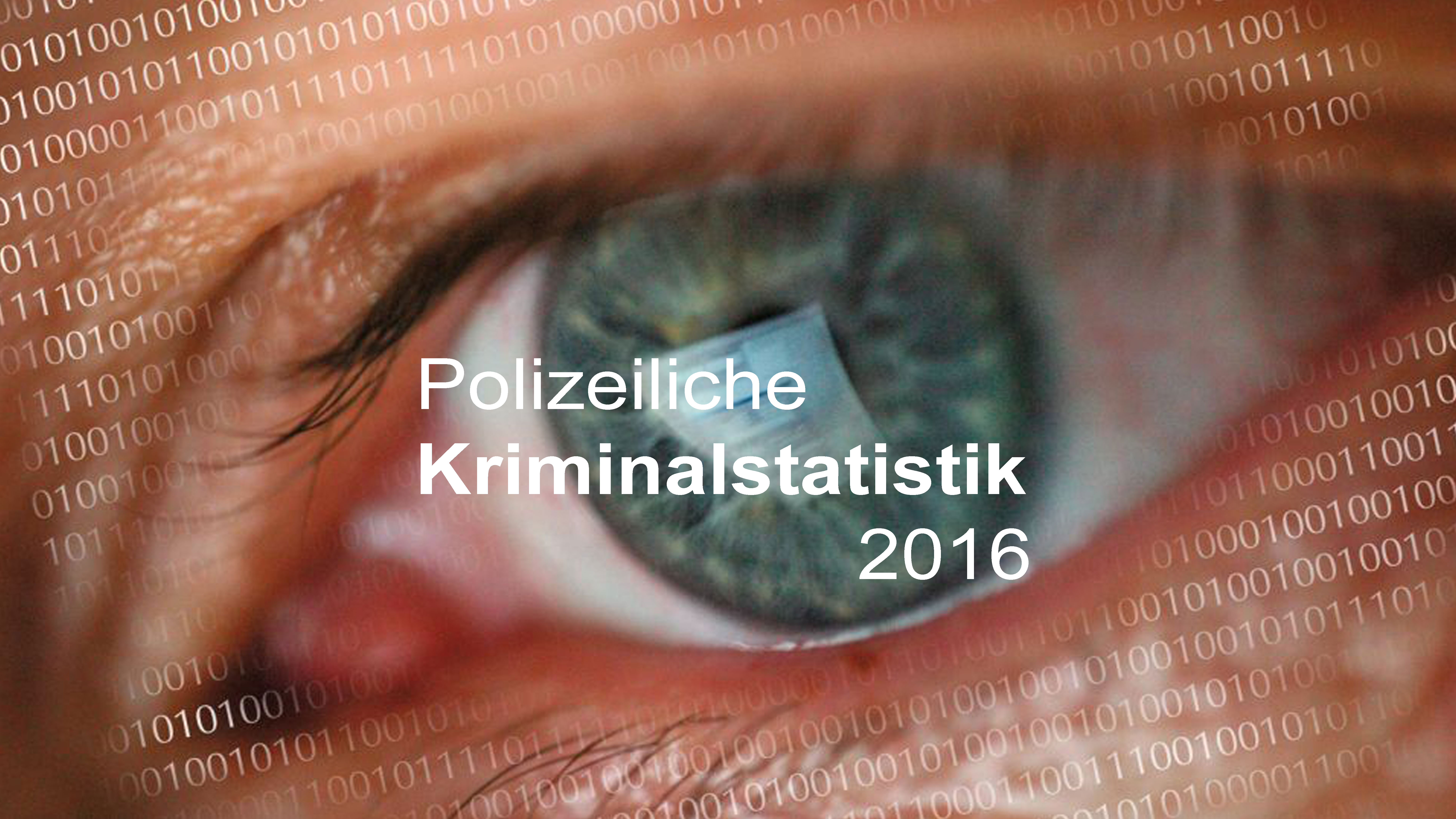What do the crime statistics show?
The PCS is used to monitor regional and supra-regional crime and individual types of offense, the scope and composition of the group of suspects as well as changes in crime ratios (ratios used for the comparative assessment of crime). Furthermore, it provides a basis for gaining knowledge for preventive and prosecutorial crime prevention, for organizational planning and decisions as well as for criminological-sociological research and crime policy measures. It is therefore an important instrument in the performance of various police and criminal investigation tasks.
What are "baseline statistics"?
The PCS is a so-called baseline statistic. This means that the PKS only shows the criminal offenses known to the police and processed by them, including attempts punishable by law, and statistics are only recorded when they are handed over to the public prosecutor's office (StA) or the court. It also provides information on the number of suspects identified and a range of other details on cases or victims. Cases of politically motivated crime, traffic offenses and misdemeanors are not included.
Bright and dark field - limits of informative value
The informative value of the police crime statistics is, however, limited by various influencing factors. For example, only the so-called bright field (crime known to the police) is recorded in the PKS. Due to a lack of statistical data, the so-called dark field - i.e. crime that has not come to the attention of the police - cannot be depicted in the PKS. The extent of this dark field depends on the type of offense and changes over time under the influence of variable factors (e.g. the willingness of the population to report crimes or the intensity of the fight against crime).
It is therefore not possible to assume a fixed relationship between crimes committed and crimes recorded statistically. In addition, the comparability of police crime statistics in certain offense areas can be significantly impaired by changes in the law. Taking these influencing factors into account, the PKS is an important tool in the performance of police work.
Who compiles the PKS?
The police crime statistics are compiled at state level by the 16 state criminal investigation offices, the statistics for the Federal Republic of Germany by the Federal Criminal Police Office on the basis of the state data supplied by the 16 state criminal investigation offices.
The information provided is prepared and commented on in tabular and graphical form and is published in book form once a year in the second half of the year. Most of the copies are made available to police and judicial authorities, but also to universities, for example.








